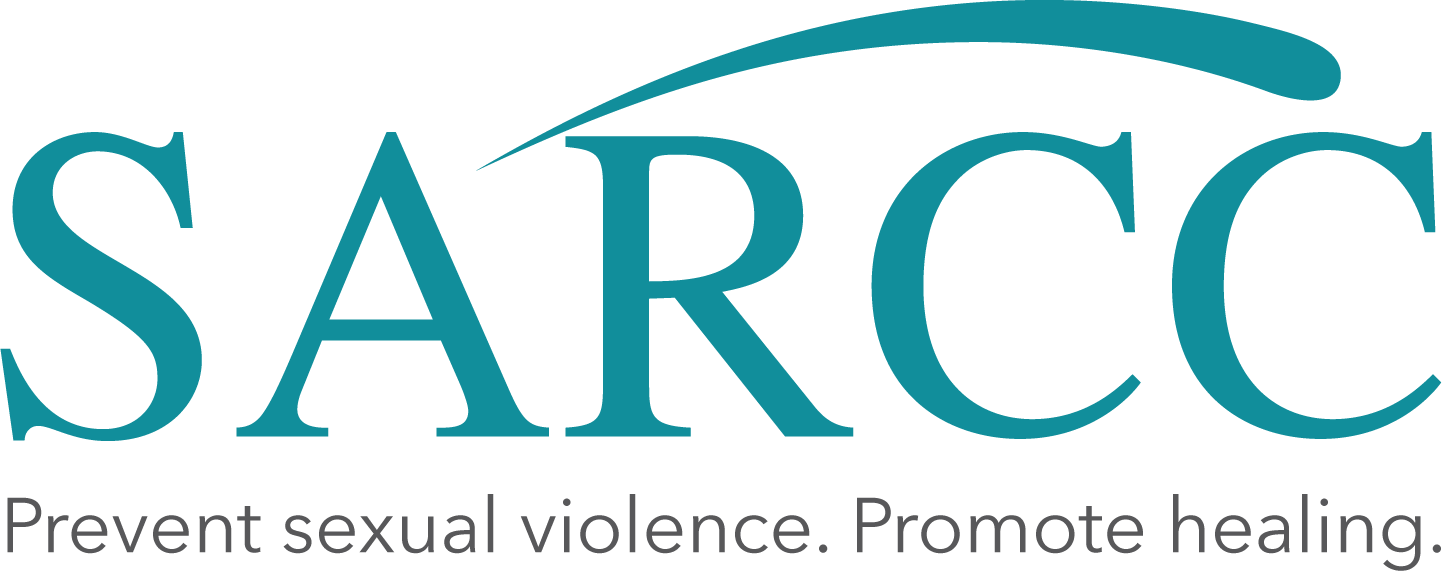People who identify as transgender, gender nonconforming, or gender fluid experience sexual violence at significantly higher rates than the general population. Sexual violence can be used as a tool to harm or cause violence to a trans person.
We understand sexual harassment in the workplace, in schools, and in the community against a transgender person as an act of sexual violence. This includes acts and behaviors that are meant to police gender or call into question a person’s identity. We understand these acts and behaviors as acts of power and control, and effect the overall safety of any organization, institution, or community.
There is research that suggests that people who exhibit acts of bullying behavior against LGBT queue populations have a higher correlation of willingness to an act sexual assault and rape. So what can we do to help build affirming cultures in our communities? Identifying concrete ways that we can speak openly about gender and gender identity and all settings is a great start. If you’re not sure where to start, encourage you to check out the Schuylkill Strong training on creating firming spaces for LGBTQ plus individuals on July 19.
Resource of the Week: Transgender Basics (video)



